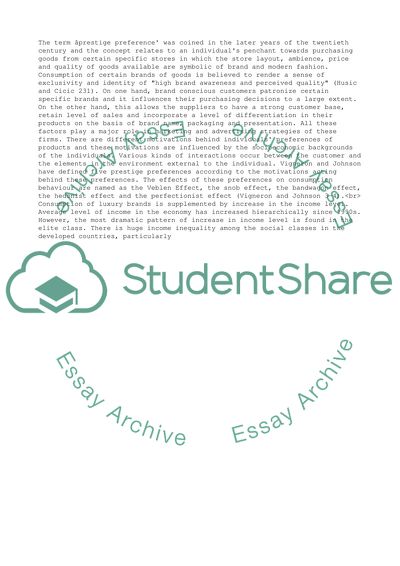Cite this document
(Consumer Behavior Essay Example | Topics and Well Written Essays - 2500 words - 2, n.d.)
Consumer Behavior Essay Example | Topics and Well Written Essays - 2500 words - 2. https://studentshare.org/family-consumer-science/1797062-consumer-behavior
Consumer Behavior Essay Example | Topics and Well Written Essays - 2500 words - 2. https://studentshare.org/family-consumer-science/1797062-consumer-behavior
(Consumer Behavior Essay Example | Topics and Well Written Essays - 2500 Words - 2)
Consumer Behavior Essay Example | Topics and Well Written Essays - 2500 Words - 2. https://studentshare.org/family-consumer-science/1797062-consumer-behavior.
Consumer Behavior Essay Example | Topics and Well Written Essays - 2500 Words - 2. https://studentshare.org/family-consumer-science/1797062-consumer-behavior.
“Consumer Behavior Essay Example | Topics and Well Written Essays - 2500 Words - 2”. https://studentshare.org/family-consumer-science/1797062-consumer-behavior.


